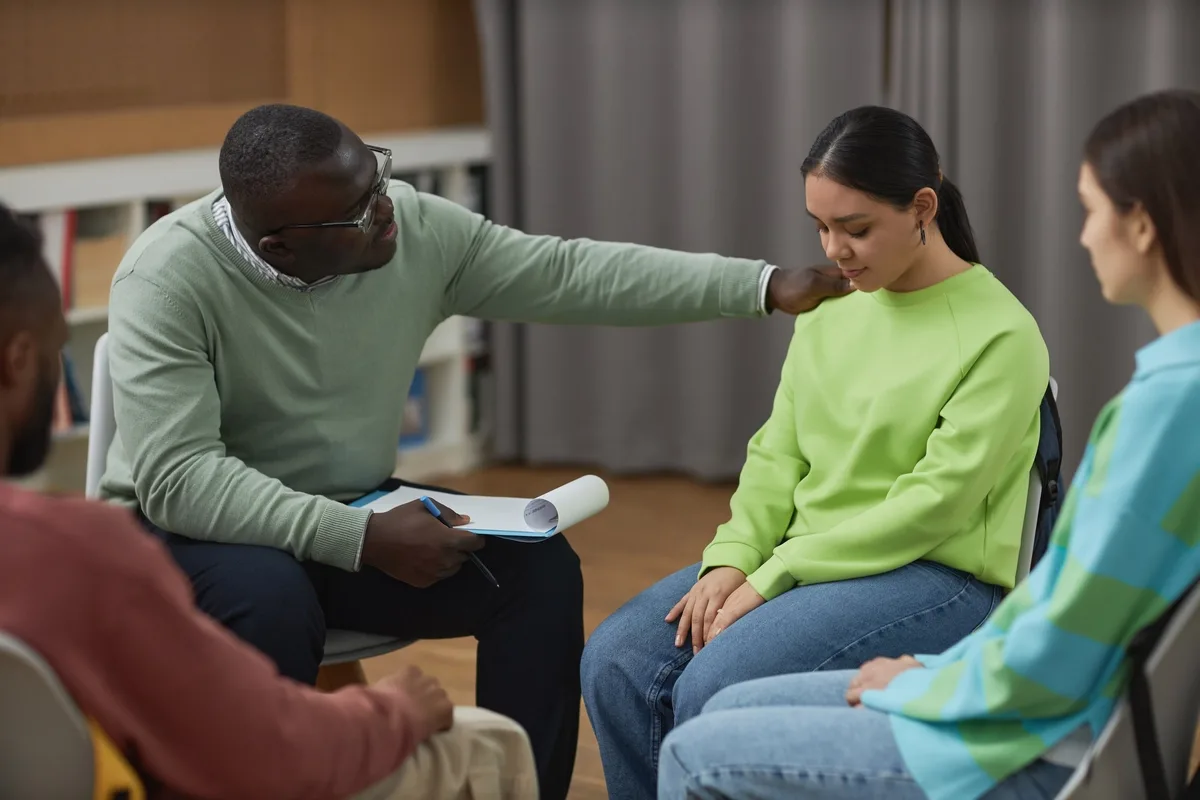24/7 Helpline:
(866) 899-221924/7 Helpline:
(866) 899-2219
Learn more about Eating Disorder Treatment centers in Sedalia
Eating Disorder Treatment in Other Cities

Other Insurance Options

Choice Care Network

Private insurance

EmblemHealth

Lucent

PHCS Network

Multiplan

Access to Recovery (ATR) Voucher

Meritain

Magellan Health

State Farm

Anthem

Kaiser Permanente

Optum

Ambetter

AllWell

WellPoint

Providence

Molina Healthcare

MHNNet Behavioral Health

BlueShield

Compass Health Network – Sedalia
Pathways Community Health’s Sedalia, Missouri office is located at 1700 West Main Street and provide...

AA – Alcoholics Anonymous – South Lafayette Avenue
AA – Alcoholics Anonymous – South Lafayette Avenue is a non-profit rehab located in Sedalia, Missour...

AA – Alcoholics Anonymous – West Pettis Street
AA – Alcoholics Anonymous – West Pettis Street is a non-profit rehab located in Sedalia, Missouri. A...

Central State MHC
Central State MHC provides substance abuse treatment in an outpatient setting for people in Jackson,...









